Exploring the Future of Industrial Power: Innovations Driving Sustainable Energy Solutions
The future of Industrial Power is being reshaped by innovative technologies that are driving sustainable energy solutions. According to the Global Energy Investment 2023 report by the International Energy Agency, investments in renewable energy exceeded $1.1 trillion in 2022, highlighting the industry's shift towards greener practices.
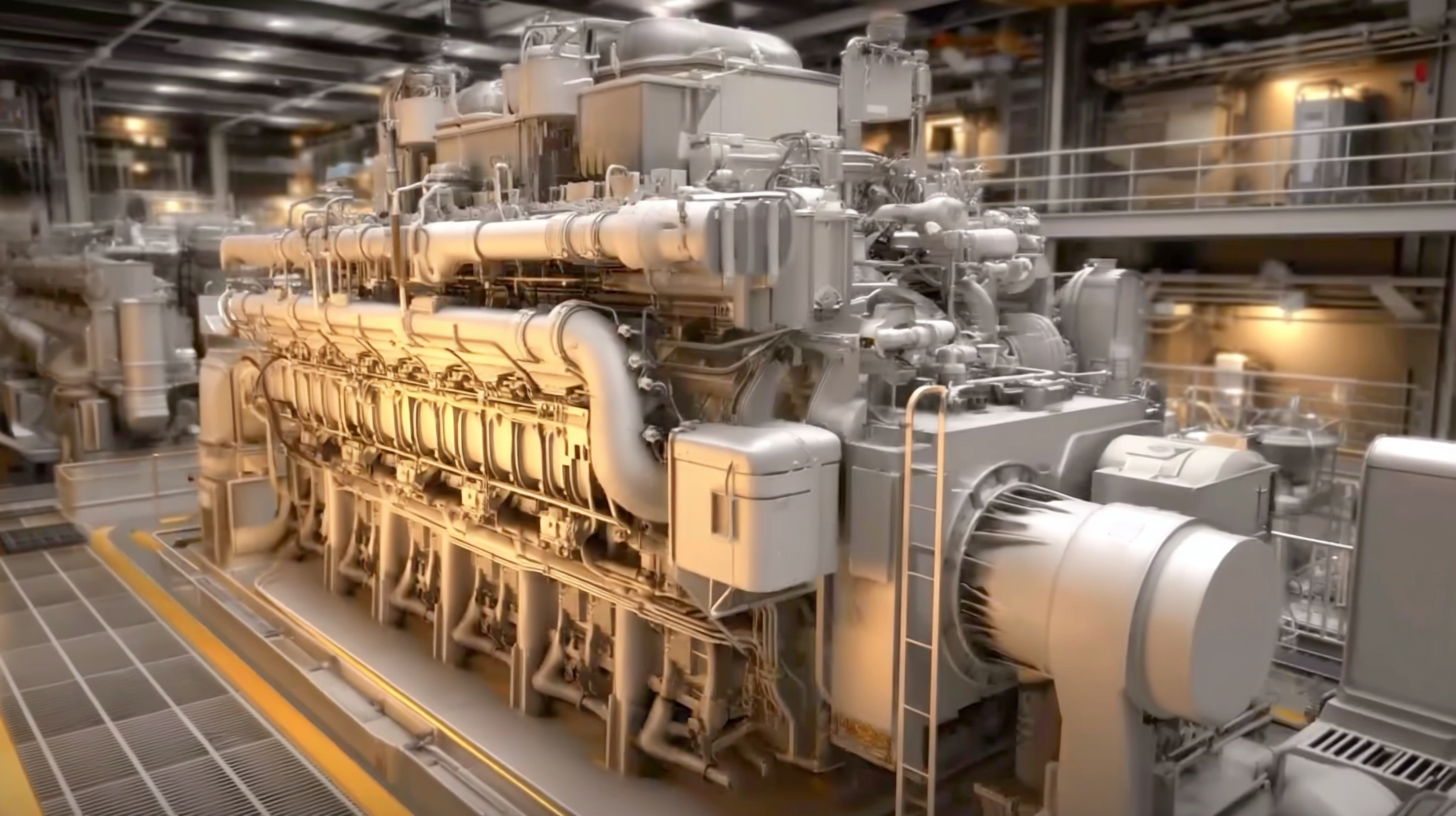 Industrial Power, which accounts for nearly 50% of global energy consumption, is increasingly adopting smart technologies such as IoT and AI, leading to enhanced efficiency and reduced carbon footprints. Furthermore, a report by McKinsey & Company indicates that digital tools could unlock up to $1.2 trillion in value for the industrial sector by 2030, emphasizing the critical role of innovation in spearheading sustainability. The convergence of digitization and best practices in energy management is thus pivotal for industries aiming to balance operational efficiency with environmental responsibility.
Industrial Power, which accounts for nearly 50% of global energy consumption, is increasingly adopting smart technologies such as IoT and AI, leading to enhanced efficiency and reduced carbon footprints. Furthermore, a report by McKinsey & Company indicates that digital tools could unlock up to $1.2 trillion in value for the industrial sector by 2030, emphasizing the critical role of innovation in spearheading sustainability. The convergence of digitization and best practices in energy management is thus pivotal for industries aiming to balance operational efficiency with environmental responsibility.
Innovations in Renewable Energy Technologies Transforming Industrial Power Generation
The landscape of industrial power generation is undergoing a transformative shift, largely driven by innovations in renewable energy technologies. As industries grapple with the dual challenges of rising energy demands and environmental sustainability, technologies such as solar, wind, and bioenergy are becoming pivotal. For instance, large-scale solar farms equipped with advanced photovoltaic systems are now capable of generating substantial amounts of clean energy, reducing dependence on fossil fuels and lowering greenhouse gas emissions.
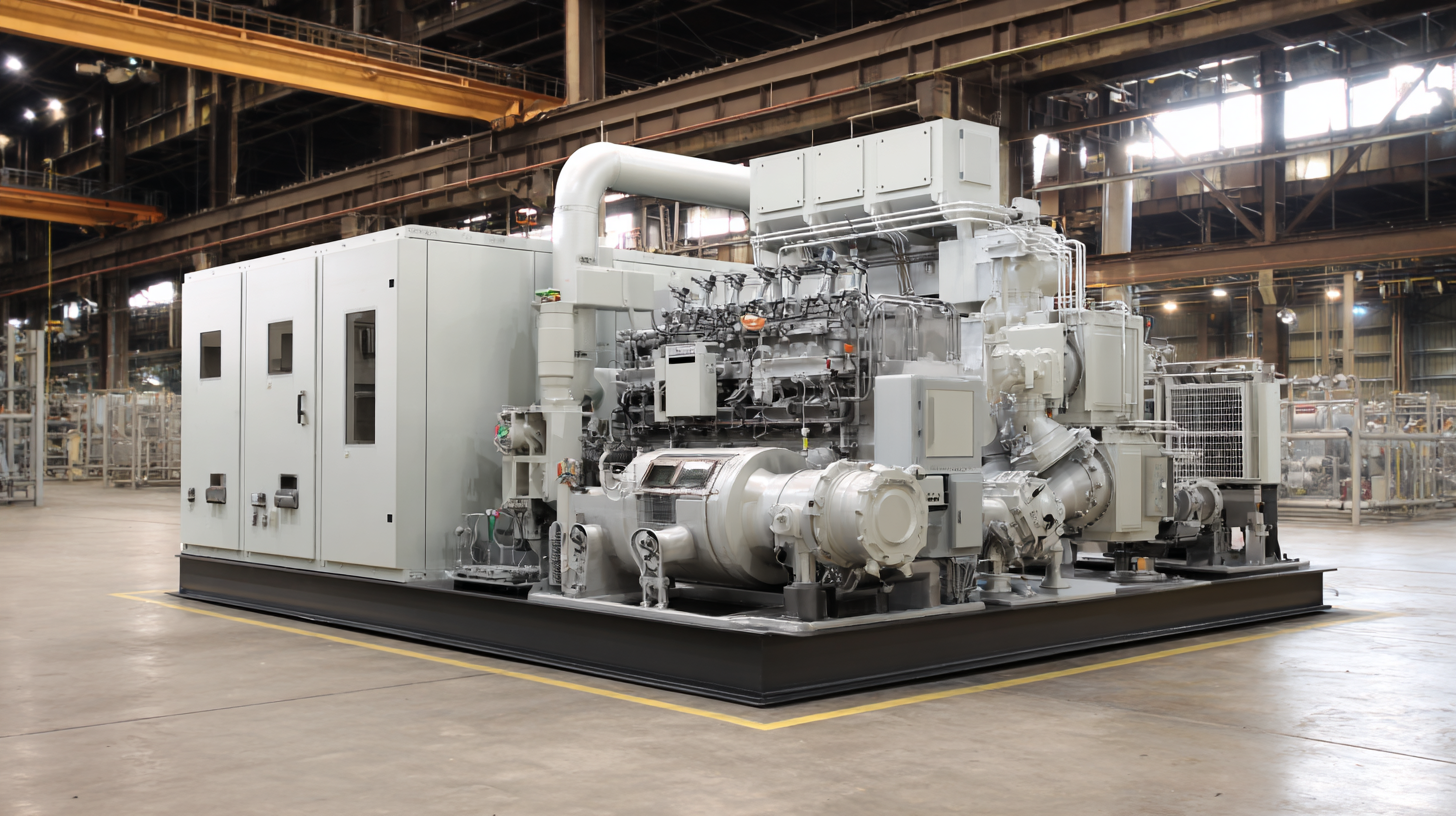 Wind turbine technology has also evolved, allowing for more efficient energy capture and integration into existing industrial frameworks.
Wind turbine technology has also evolved, allowing for more efficient energy capture and integration into existing industrial frameworks.
Additionally, the adoption of energy storage solutions, such as lithium-ion batteries and innovative hydrogen storage systems, is enhancing the reliability of renewable energy sources. These technologies enable industries to harness and store energy generated during peak production times for use during periods of low generation. This capability addresses intermittency issues commonly associated with renewable energy and supports a stable power supply essential for industrial operations.
As industries embrace these innovations, they are not only improving their energy efficiency but also contributing to a more sustainable future for industrial power generation.
Emerging Energy Storage Solutions: Enhancing Stability and Efficiency in Industrial Operations
As industries increasingly turn towards sustainability, the emergence of innovative energy storage solutions is pivotal in enhancing operational stability and efficiency. According to the International Energy Agency (IEA), global demand for energy storage technologies is expected to grow exponentially, with estimates suggesting a tenfold increase by 2030. This surge is driven by advancements in battery technologies, particularly lithium-ion and solid-state batteries, which offer higher energy density and improved lifecycle performance.
Furthermore, integrating these energy storage systems with renewable energy sources allows industries to better manage supply fluctuations, ensuring a more reliable energy infrastructure. A report from Bloomberg New Energy Finance indicates that the cost of lithium-ion batteries has decreased by over 80% since 2010, making large-scale deployment feasible for industrial applications. This cost reduction, coupled with increasing efficiency, positions energy storage as a cornerstone of sustainable industrial operations, paving the way for enhanced grid resilience and lower operational costs. Investing in these technologies will enable industries to transition towards a more sustainable future, significantly reducing their carbon footprint and aligning with global climate goals.
Innovations in Energy Storage Solutions for Industrial Power
This chart illustrates the energy density of various emerging energy storage solutions that drive sustainability in industrial power operations. Lithium-ion and solid-state batteries exhibit the highest energy density, marking them as promising candidates for effective industrial energy management.
Assessing the Impact of Smart Grids on Sustainable Energy Management in Industries
The evolution of sustainable energy solutions in industries is being significantly influenced by the rise of smart grids, which enhance energy management. As the global IoT energy management market is projected to soar from $70.58 billion in 2023 to $222.56 billion by 2030, reflecting a compound annual growth rate of 17.8%, the integration of smart grid technology plays a vital role in this transformation. By enabling real-time data analysis and dynamic energy distribution, smart grids facilitate greater efficiency in energy consumption while minimizing waste.
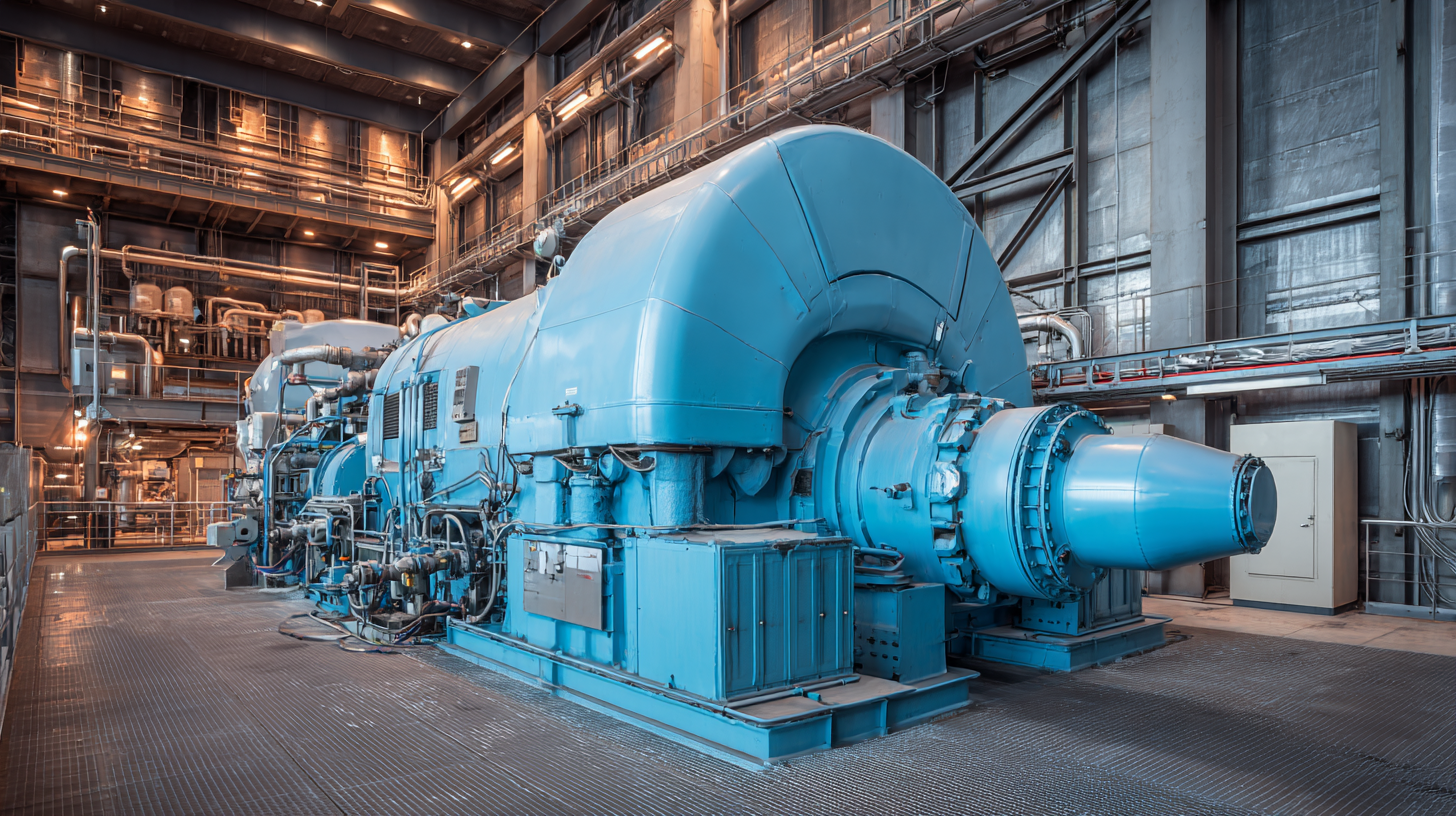
Electricity's emergence as a pivotal secondary energy source marks a significant milestone in the evolution of energy civilization. As industries seek to replace traditional combustion-based energy methods, advancements in electrification lead to cleaner and more efficient energy applications. This shift not only supports the transition to electric vehicles but also aligns with the global push towards greener practices. The intelligent management of energy resources through smart grids empowers industries to optimize their operations, tackle energy costs, and enhance sustainability efforts, paving the way for a more resilient energy future.
The Role of Artificial Intelligence in Optimizing Energy Consumption for Sustainable Practices
Artificial Intelligence (AI) is playing a transformative role in optimizing energy consumption and fostering sustainable practices across various industries. By leveraging data-driven insights, AI technologies are enabling organizations to enhance energy efficiency, reduce waste, and allocate resources more sustainably. This trend is particularly evident in manufacturing and design, where AI tools help companies make informed decisions that align with ecological goals. For example, AI can predict energy usage patterns, allowing businesses to adjust operations proactively and minimize their carbon footprints.
Additionally, the integration of AI with eco-friendly materials is revolutionizing production processes. This synergy not only promotes sustainable innovation but also encourages industries to reconsider their traditional practices in favor of smarter, greener alternatives. As research highlights, the dualistic impact of AI encompasses both challenges and opportunities in achieving sustainability goals. By continuing to explore and refine AI applications, we can foster a future where technology and environmental stewardship go hand in hand, ultimately driving progress towards a more sustainable industrial landscape.
Circular Economy Approaches Driving Industrial Energy Efficiency: A Path to Sustainability
The transition towards a circular economy is paramount for enhancing industrial energy efficiency and driving sustainable energy solutions. A recent report by the International Energy Agency (IEA) indicates that improving energy efficiency could potentially reduce global energy demand by up to 40% by 2040. This shift not only minimizes waste but also maximizes resource utilization, ensuring that materials are reused, remanufactured, and refurbished. Such strategies are increasingly being adopted across various sectors, demonstrating significant potential for cost savings and emissions reductions.
Innovations in technology play a crucial role in enabling this transition. For instance, the World Economic Forum highlights that integrating advanced manufacturing technologies and digital solutions can lead to substantial energy savings—estimated at 10-30% across industries. Additionally, adopting renewable energy sources within a circular economy framework can further enhance energy resilience and sustainability. As industrial sectors pivot their operations towards these groundbreaking practices, the collective impact can significantly advance global sustainability goals, fostering an environment where energy efficiency and economic value coexist harmoniously.
Exploring the Future of Industrial Power: Innovations Driving Sustainable Energy Solutions
| Innovation | Description | Impact on Energy Efficiency (%) | Circular Economy Benefit |
|---|---|---|---|
| Industrial IoT | Integration of IoT devices for real-time monitoring and control of energy consumption. | 25 | Enhances resource management through data analytics. |
| Waste Heat Recovery | Technologies that capture and repurpose waste heat generated in industrial processes. | 30 | Reduces waste and improves overall system efficiency. |
| Energy Storage Systems | Deployment of advanced storage solutions to balance supply and demand in energy systems. | 20 | Facilitates renewable energy usage and reduces reliance on fossil fuels. |
| Smart Grids | Digital technology that improves the reliability and efficiency of electricity distribution. | 15 | Encourages decentralized energy production and consumption. |
| Bioenergy | Utilization of organic materials for energy production, reducing landfill waste. | 10 | Promotes sustainable waste management practices. |
Related Posts
-

The Ultimate Guide to Selecting the Best Industrial Power Solutions for Global Buyers
-
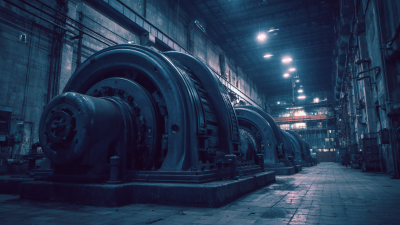
Exploring the Future of Industrial Power Innovations and Their Impact on Global Energy Efficiency
-

Unlocking the Future of Industrial Power Solutions for Sustainable Growth
-

Navigating the Future of Best Geothermal Heating in 2025 with Expert Tips
-

5 Essential Benefits of Home Solar Power Systems You Need to Know
-
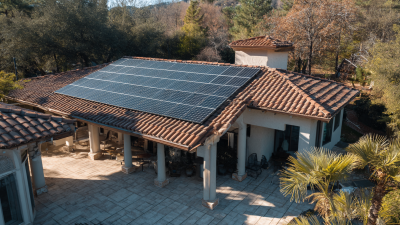
How to Maximize Energy Savings with a Home Solar Power System
